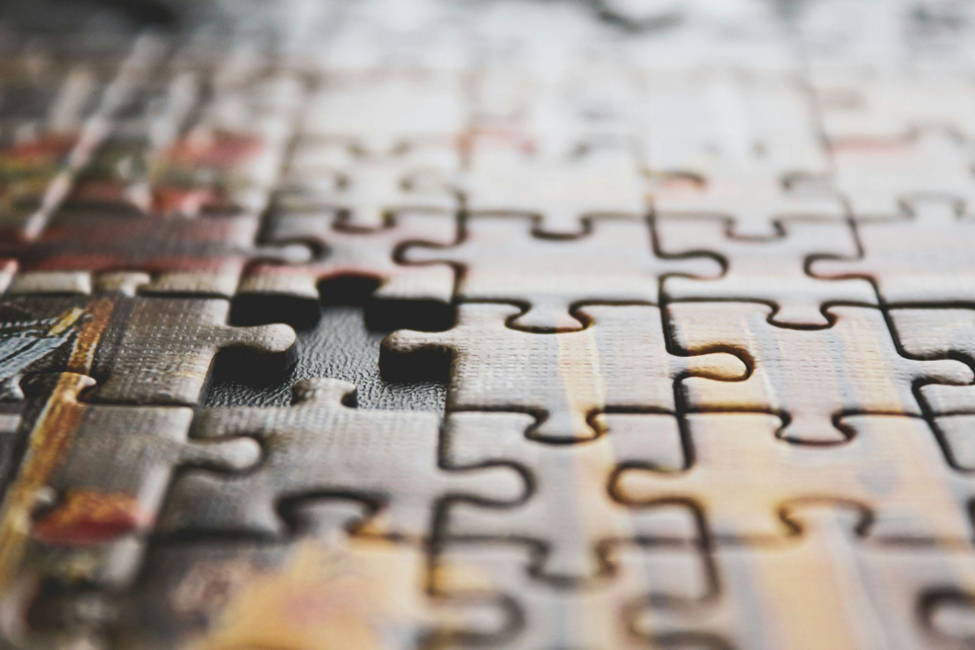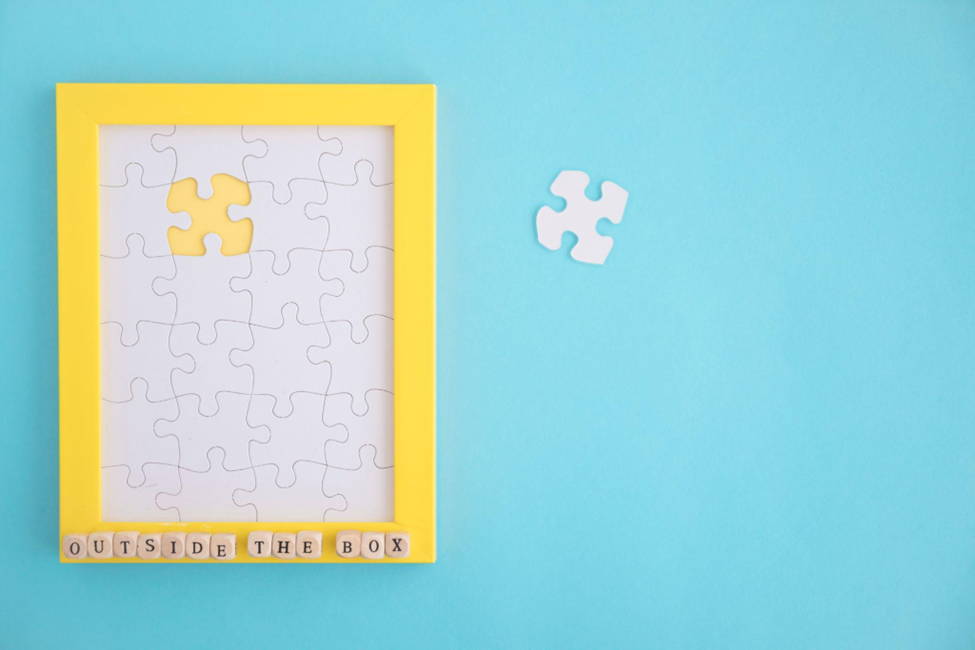How to Glue Jigsaw Puzzles:
A Step-by-Step Guide

Source: Sigmund on Unsplash
Finally solving that one jigsaw puzzle that has been giving you trouble is such an exciting feeling! But once that high wears off – what then? Surely you can’t just take the puzzle apart and put it back in its box after all that work. So you’ve decided to preserve it by gluing the jigsaw puzzle together, either to put it in a frame or display it in some other way. But do you know how to glue jigsaw puzzles?
Materials Needed
Before we get into the actual gluing part of the job, let’s make sure you have all the materials necessary (aside from your solved puzzle, of course). Here’s what you’ll need:
- Puzzle glue (or another type of clear glue)
- Brush or a spatula for spreading the glue
- Scissors
- Backing
- Frame
How to Glue Jigsaw Puzzles
Step 1: Prepare a Flat Surface
Before you start the gluing process, make sure you have a clean, flat surface big enough to hold your solved puzzle. If you’re working on a table or desk, it would also be a good idea to use a layer of protective material so as not to ruin your furniture with glue.
Step 2: Flatten the Puzzle
Place your solved jigsaw puzzle on the flat surface. Make sure the puzzle itself is flat by running a rolling pin (or a similar object) over it. Alternatively, you can also flip the puzzle face down and flatten it from the back (in this case, you will also be gluing the puzzle from the back, too).
Step 3: Apply Glue
Increasing the number of rows is an easy way to make a simple project bigger, such as a scarf or a blanket. With such items, you can even consider crocheting additional edging rows. This will also give you an opportunity to add another colour to make the borders pop. Keep in mind, however, that with items that aren’t that simple, such as sweaters and other clothing garments, adding more edging rows will only make them longer, not overall larger.
Step 4: Spread the Glue
Spread the glue over the entire puzzle. Make sure you cover all pieces, as well as that the glue is spread evenly. At this stage, the glue will likely look white, but don’t worry – it will turn transparent as it dries.

Source: freepik on freepik

